Karl Anselm, 4th Prince of Thurn und Taxis (1733-1805) was appointed to the Austrian branch of the Order of the Golden Fleece in 1775. The first member of this noble family to be made a knight of the Order was Eugen Alexander Franz (1652-1714) when in 1695 his title of Count was upgraded to that of Prince. In his portrait, showing below, dating from the first quarter of the 18th century, Eugen is seen wearing his fleece and Order chain.
A tale of two Orders | Part II
We find out about two knights, appointed to the Order of the Golden Fleece in the late 18th and early 19th centuries and present their spectacular gem-set regalia.

Karl Anslem’s own Order, in amethyst and diamonds, was one of several gem-set orders to sell in the auction The Collections of the princes of Thurn und Taxis of Regensburg, which took place in Geneva in November 1992. Karl became Head of the family in 1773, and from then until 1797 he was Prinzipallkommissar at the Perpetual Imperial Diet held in Regensburg for the Holy Roman Emperors Joseph II and subsequently Francis II. In 1753 Karl Anselm married Duchess Auguste of Württemberg, they had eight children although many did not survive to adulthood. The marriage had been arranged, it was an unhappy union and Karl Anselm had many mistresses.
At the time her husband became 4th Prince the marital situation was unbearable for Auguste and she settled in Paris. She returned to Regensburg in 1775 for the wedding of her daughter, Sophie, and Karl Anselm took the opportunity to have her abducted, he had become convinced she was plotting to have him assassinated. Auguste was initially imprisoned in Burg Trugenhofen (later known as Schloss Taxis) in Dischingen and later was held under strict house arrest at Schloss Hornberg in the Black Forest, and there she died at the age of 52 in 1787.

Karl Anselm’s tenure as Postmaster General of the Imperial Reichspost was mixed, both acquisitions and losses were made, and significant damage was inflicted on the business when many of the Post’s districts were seized during the Napoleonic Wars.
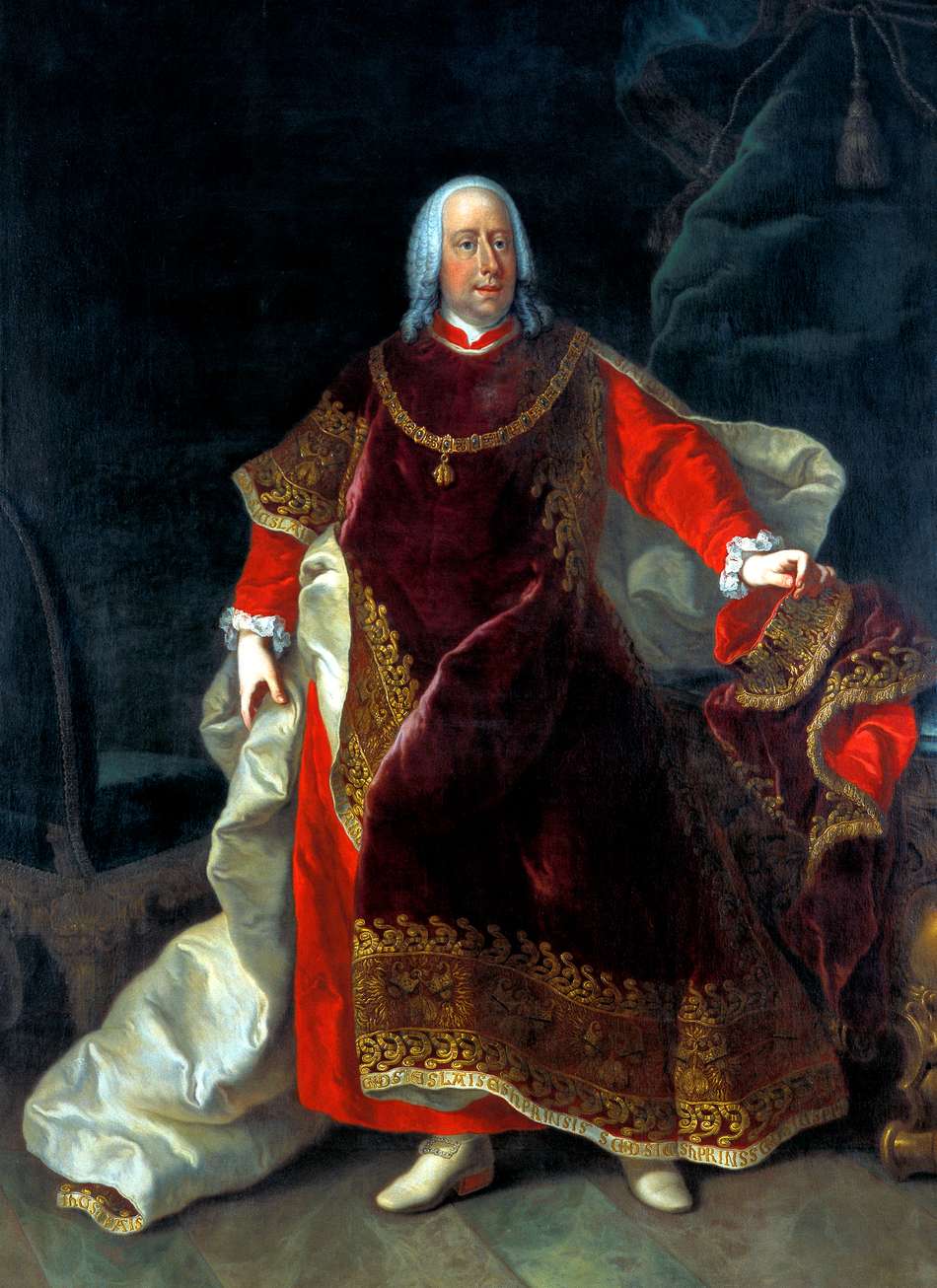
Additional Orders from the Collections of the Thurn und Taxis princes are shown here, and one of these, set exclusively with diamonds, also belonged to Karl Anselm according to family archives, (below).
We know remarkably little about the commissioning of these decorative Orders, but it would seem reasonable to assume that they would have been made by jewellers already appointed to and working for the House of Thurn und Taxis. The surmount and the flame element would certainly give a jeweller plenty of scope to use substantial and exceptional precious or semi-precious stones.
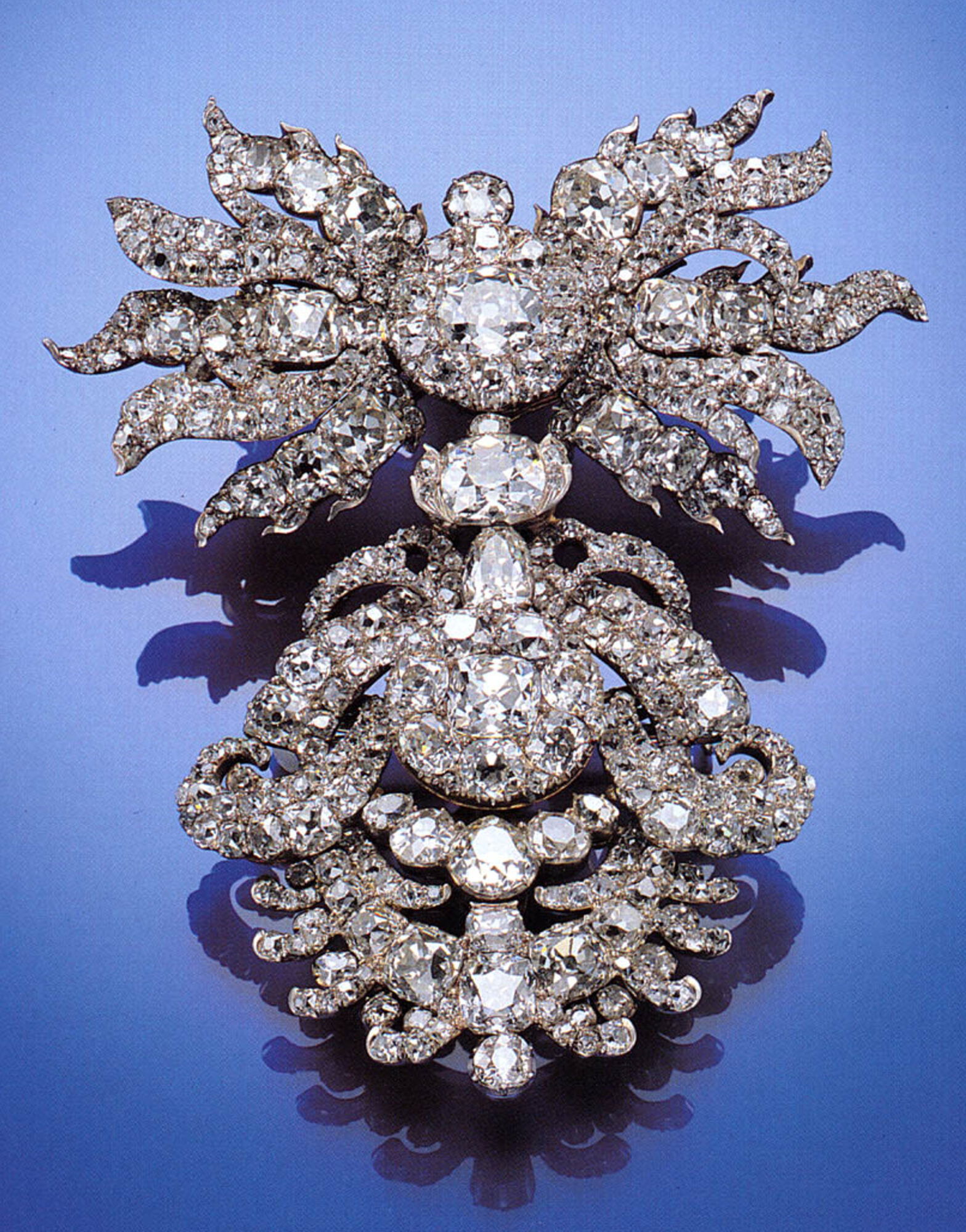
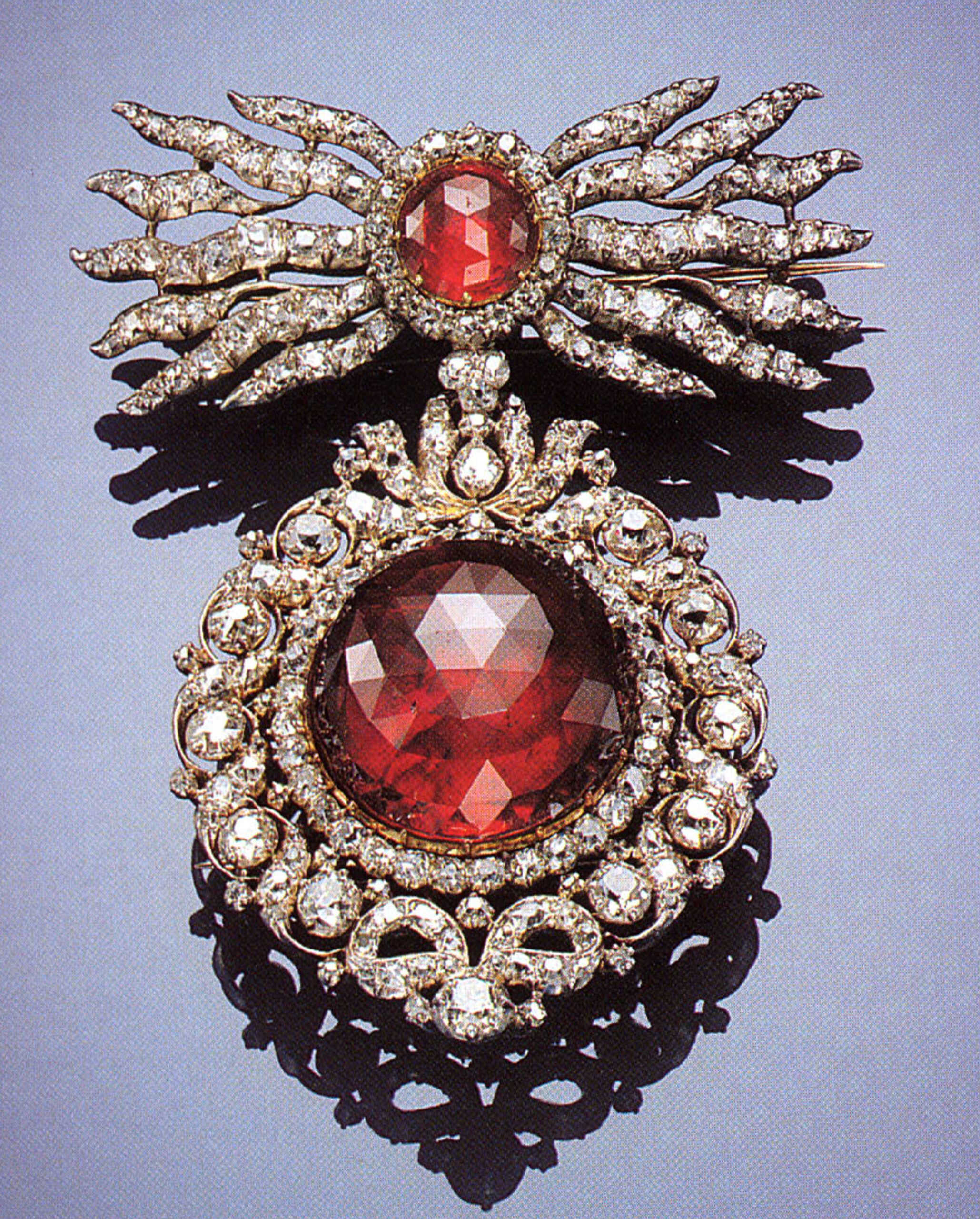
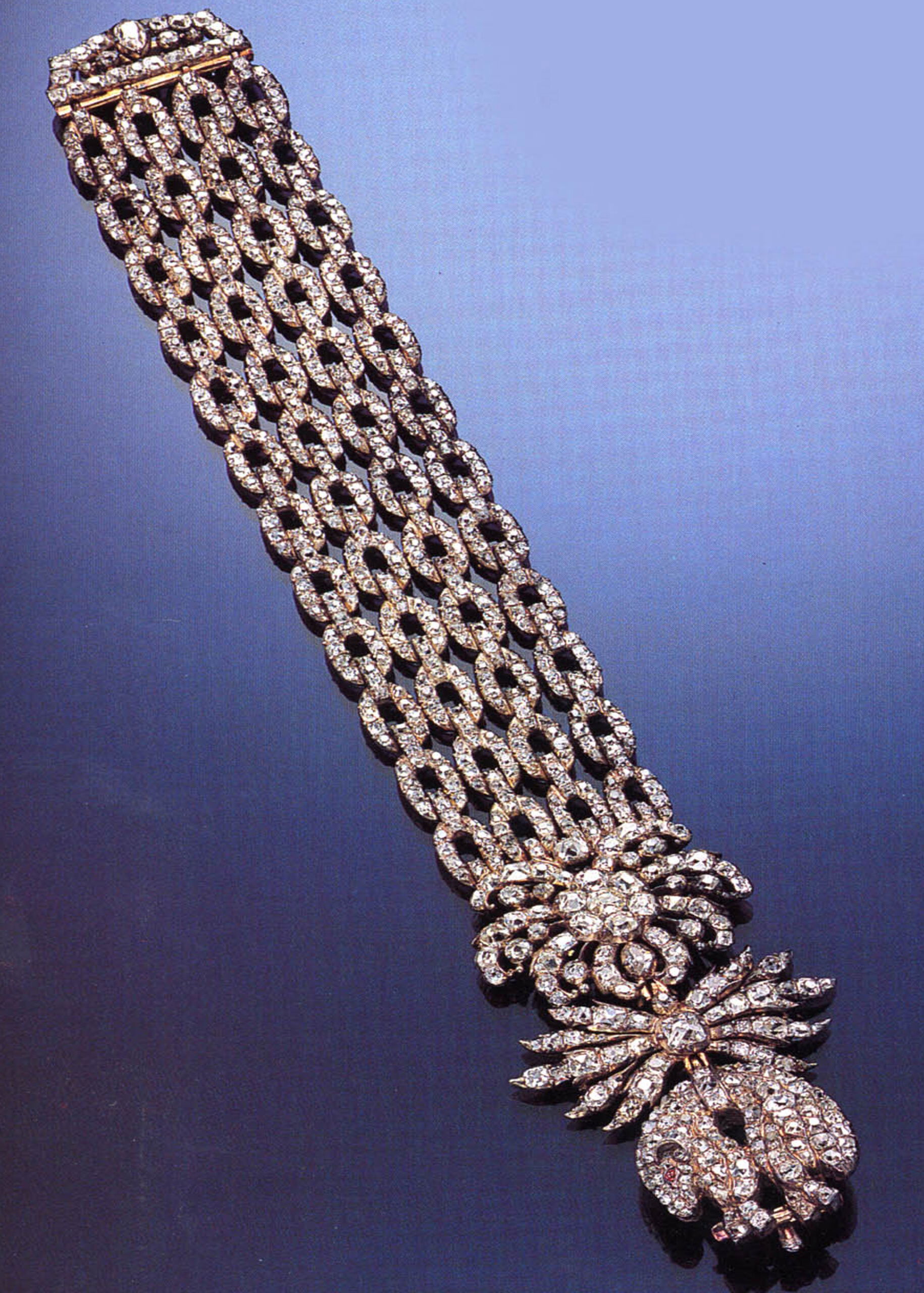
It would seem likely that the knight might own a number of matching surmount and flame element combinations in various designs to wear at the many public and private events they would be required to attend, but perhaps fewer fleeces – however, this is only speculation as virtually nothing has been recorded or written about the creation of Orders and the conventions around the wearing of them.
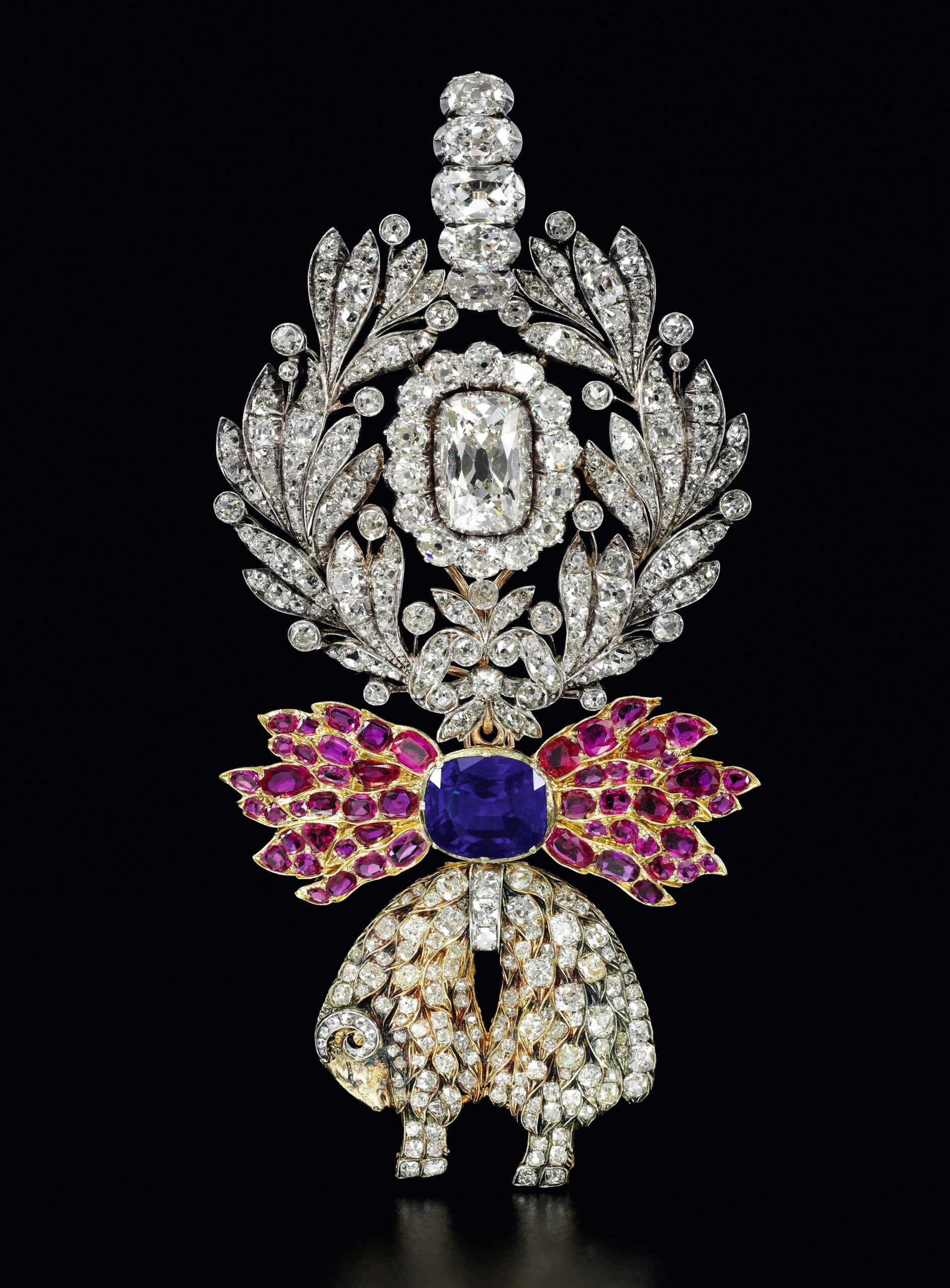
Twenty-six years on from the Thurn und Taxis auction, another important collection of historic jewels was offered at auction in Geneva – Royal Jewels from the Bourbon Parma Family. Through this unique group of important jewels and precious objects European history from the reign of Louis XVI to the fall of the Austro-Hungarian Empire could be traced. Lot 90, above, was a sapphire, ruby and diamond neck badge of the Order of the Golden Fleece, circa 1820, it was owned by Louis-Antoine de Bourbon (1775-1844), Duc d’Angoulême, eldest son of Charles X, and Grand Admiral of France from 1814-1830, he was appointed knight to the Spanish branch of the Order in 1814.
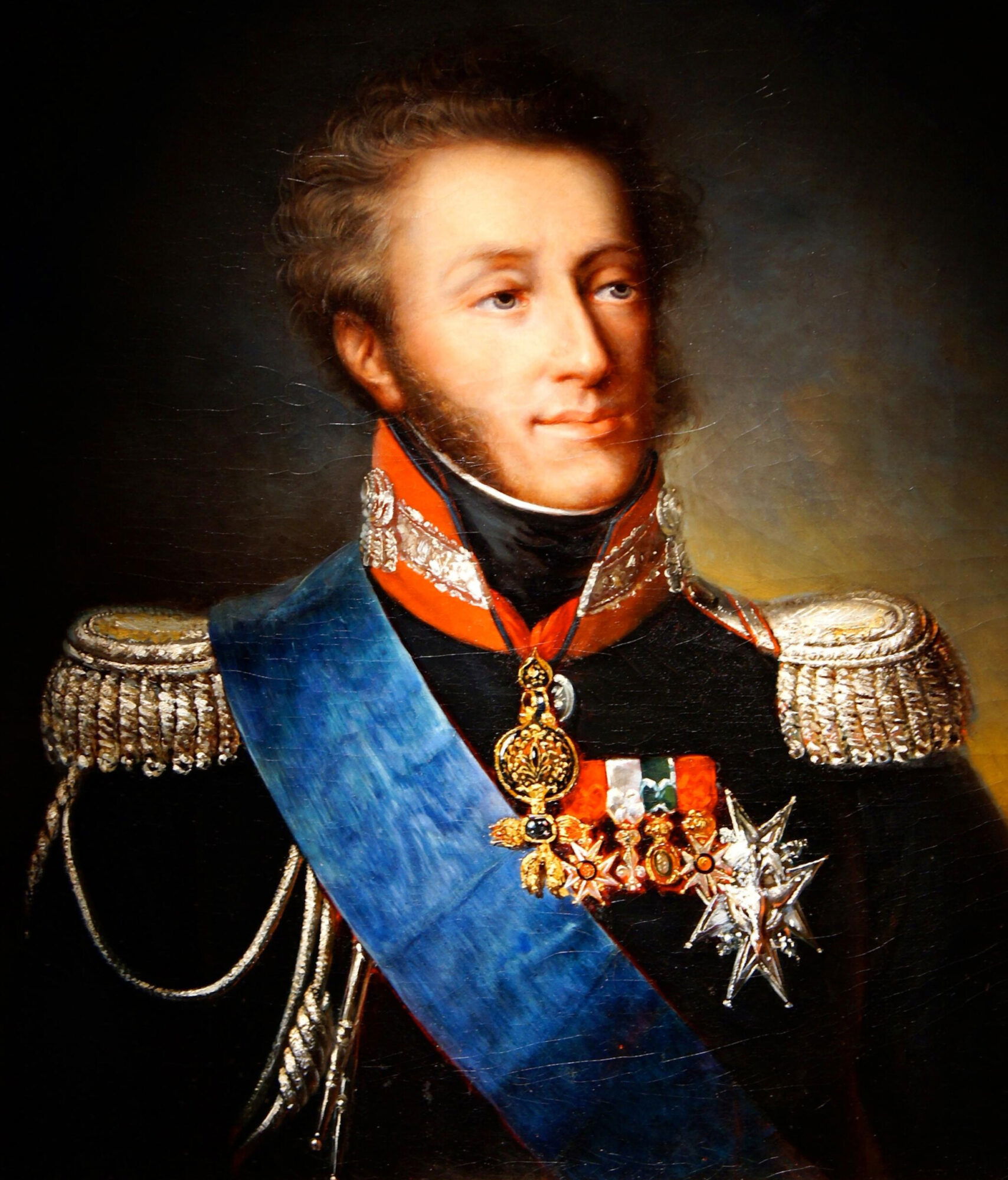
Louis-Antoine’s life was bound up with the turbulent developments in France’s constitution, running from the late 18th to the first half of the 19th century, and the short reign of his father, the brother of King Louis XVI and King Louis XVIII, who became King of France in 1824. At the outbreak of the 1789 Revolution, Louis-Antoine accompanied his father into exile, spent variously in Turin, Germany and England, and in 1799 he married Marie-Thérèse of France, the eldest child of Louis XVI and Marie Antoinette, and the only member of the immediate royal family to have survived the Revolution.
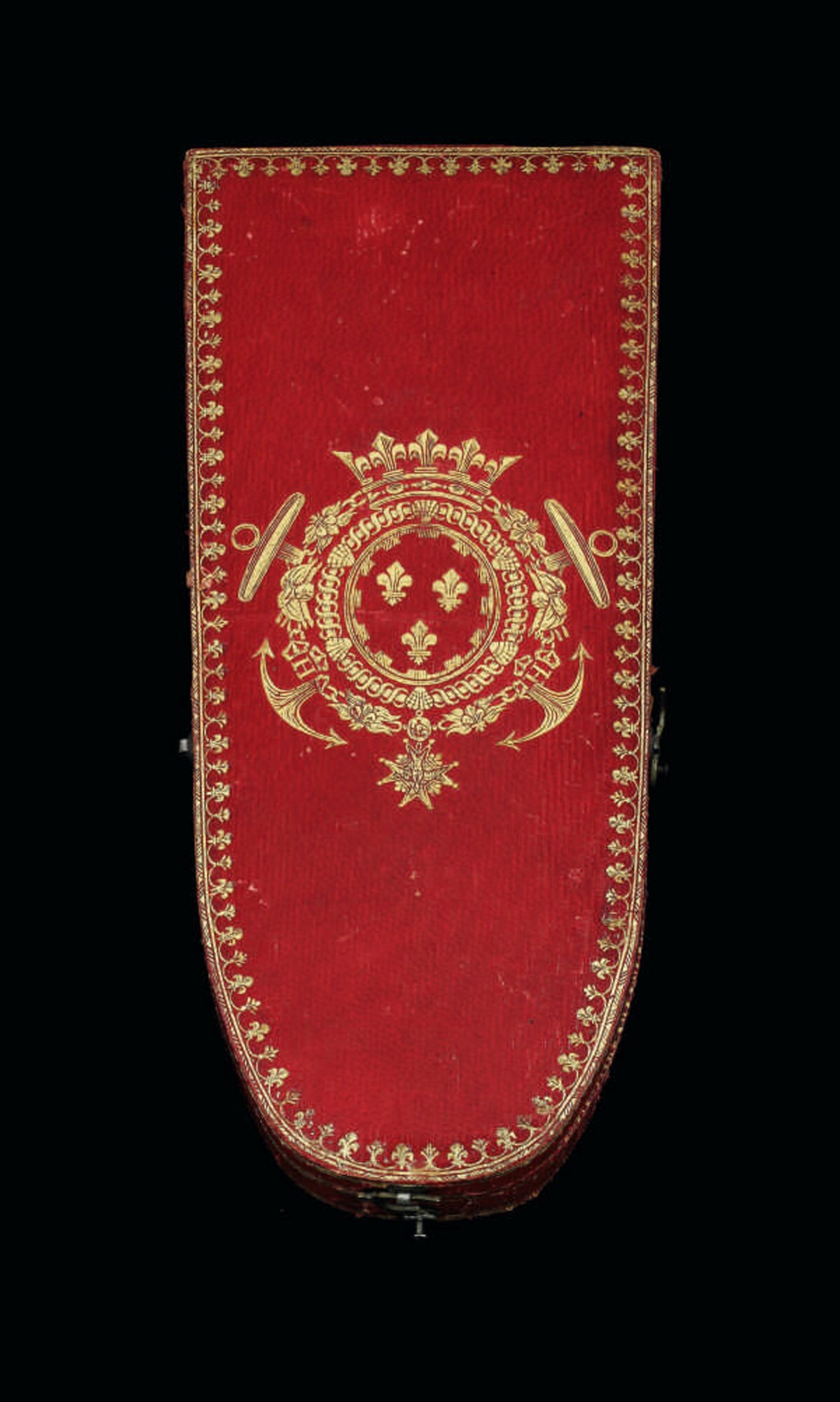
As King, Charles X’s focus was on the continuity of the monarchy, although his lavish, spectacular coronation in Reims struck an awkward note amongst popular opinion and six troubled years later the clashing ideologies of divine right monarchy and democratic rights, as envisaged through the events of 1789, coalesced in ‘Les Trois Glorieuses’, 3 days in July 1830 which led to the abdication of Charles X on 2 August, in favour of his nephew, the Duke of Bordeaux. Louis-Antoine renounced his own rights to the throne as part of the process, although the eventual monarch some seven days later was Louis-Philippe, duc d’Orléans – as decreed by the influential Chamber of Deputies.
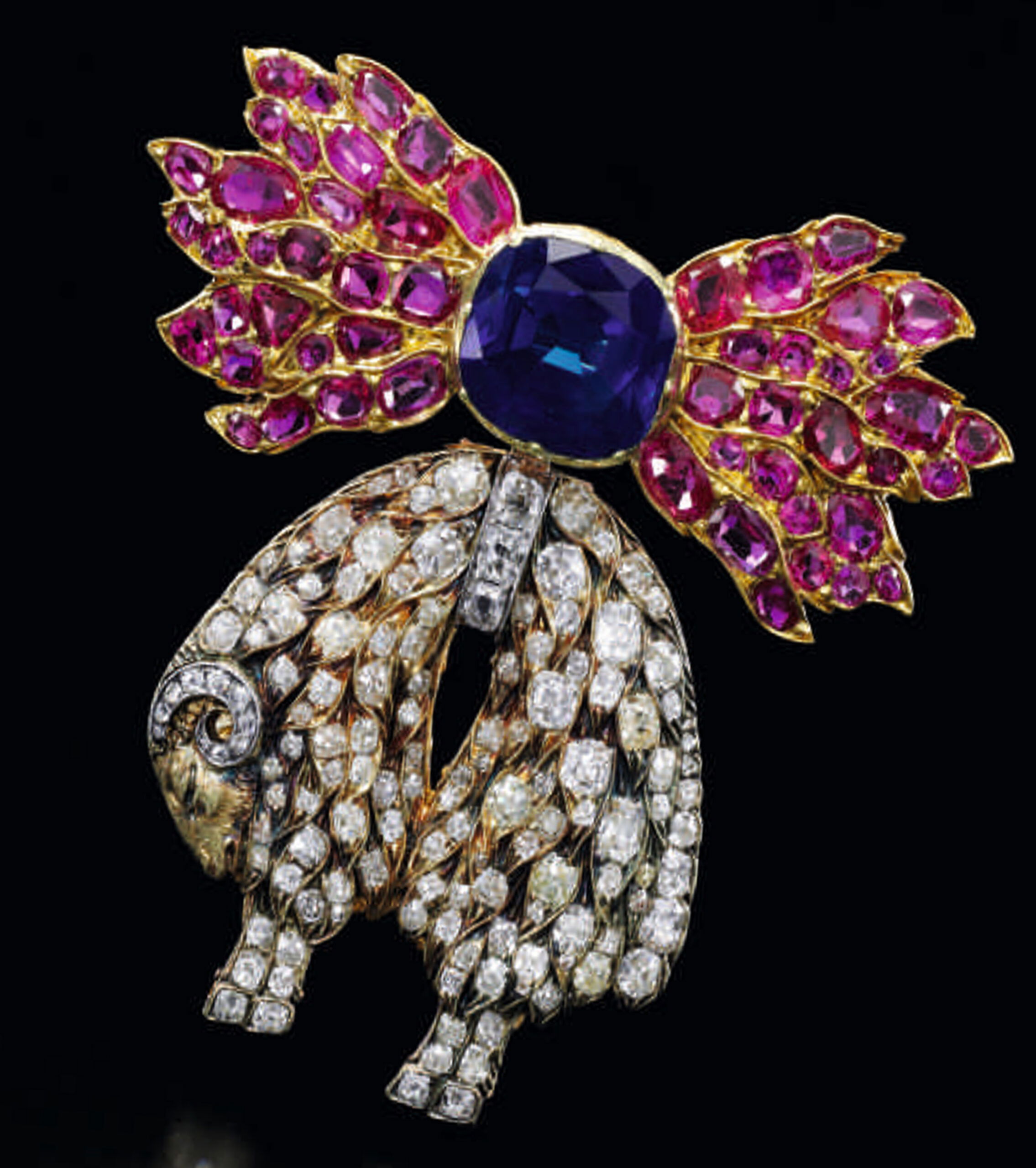
In exile again, Louis-Antoine, his father and their entourage lived in Edinburgh, Prague Castle, and finally the Palace of Grafenberg, Gōrz, Austria, where Louis-Antoine passed away in 1844 at the age of sixty-eight. Louis-Antoine had witnessed the passing of France’s constitutional monarchy from his own family, the House of Bourbon, to its junior branch, the House of Orléans. Charles X died in 1836 – he is the only King of France to not be buried in France, palpable proof of the inexorable fall of the House.
